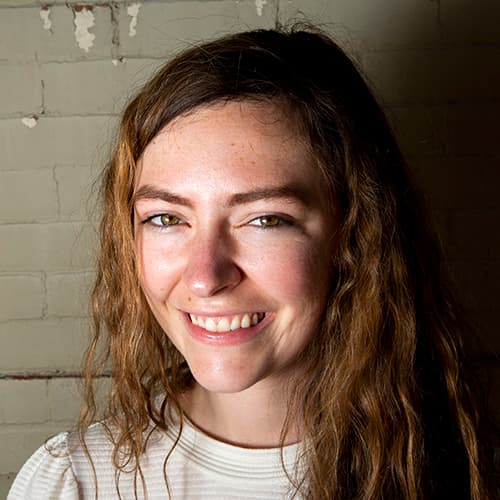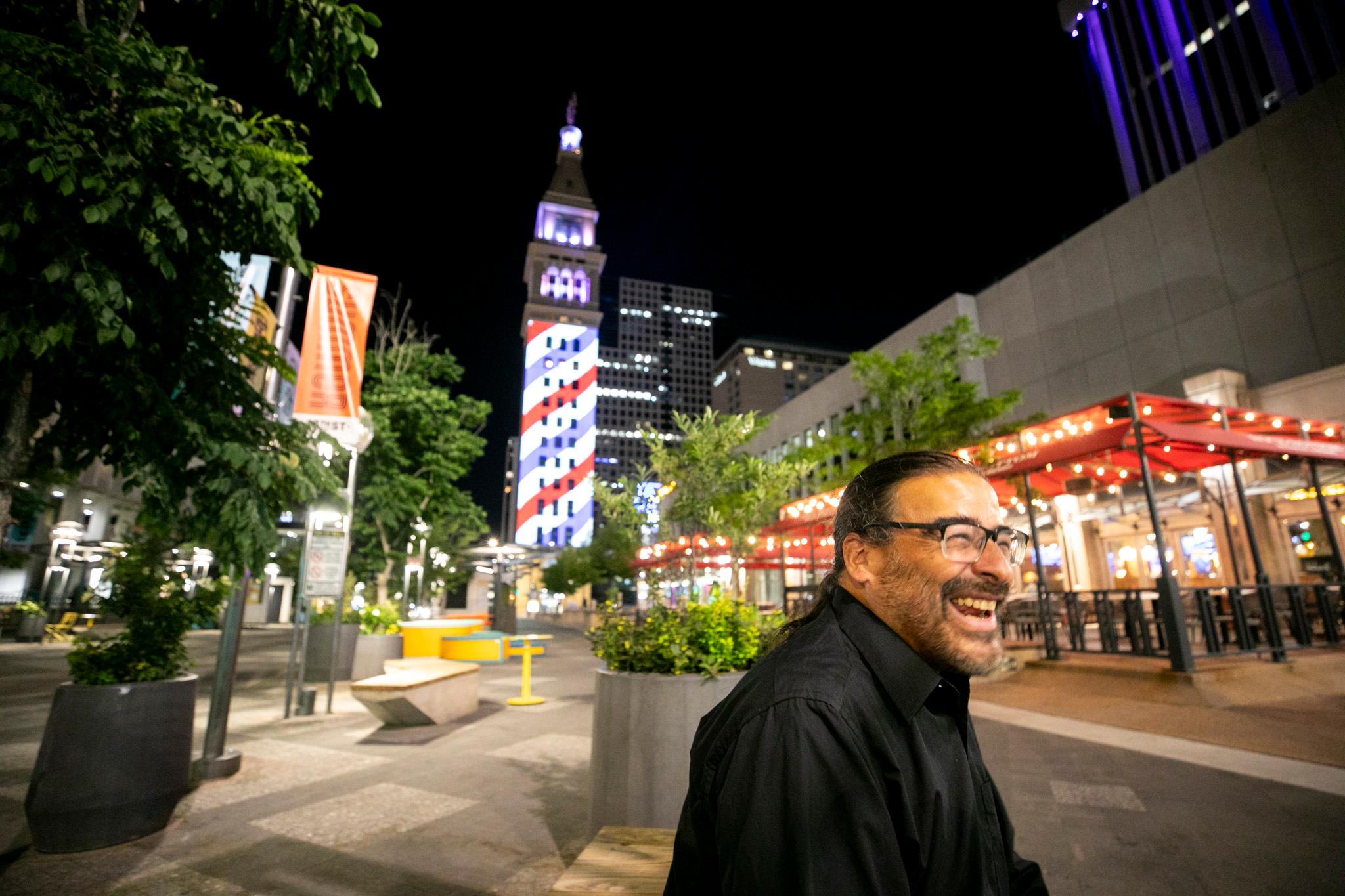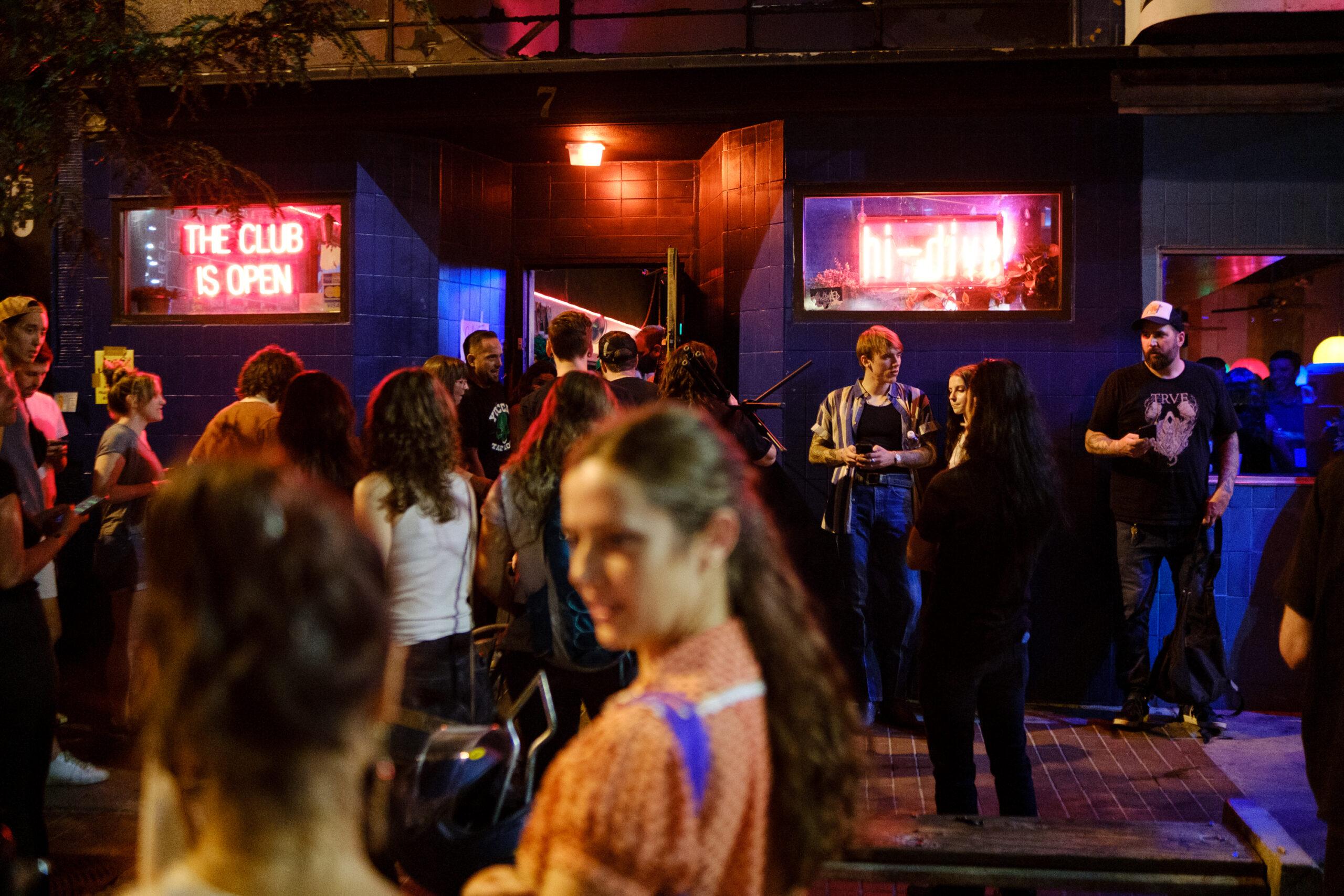Crystal O'Brien remembers how, when she worked as executive director at the Chicano Humanities and Arts Council, visitors and artists felt drawn to CHAC cofounder Stevon Lucero. He was more than a mentor, more than a talented artist. He was a philosopher, she said, and someone who saw people as humans first.
O'Brien remembers that when they had shows at CHAC, someone would stop to talk to Lucero. Pretty soon, there'd be a line of people eager to talk to Lucero.
"He didn't even realize it. He was so engaged in that conversation," she said, adding that he always took compliments about his art with a tone of surprise and innocence despite creating art she couldn't believe was even possible.
Lucero died on Nov. 28.
"Just one of those very special people that you would rarely meet in your lifetime," O'Brien said. "It's a big loss to the art community. He had so many friends, too. And we're gonna miss his great stories. And I guess we'll still have his art to some extent, but we won't have him."

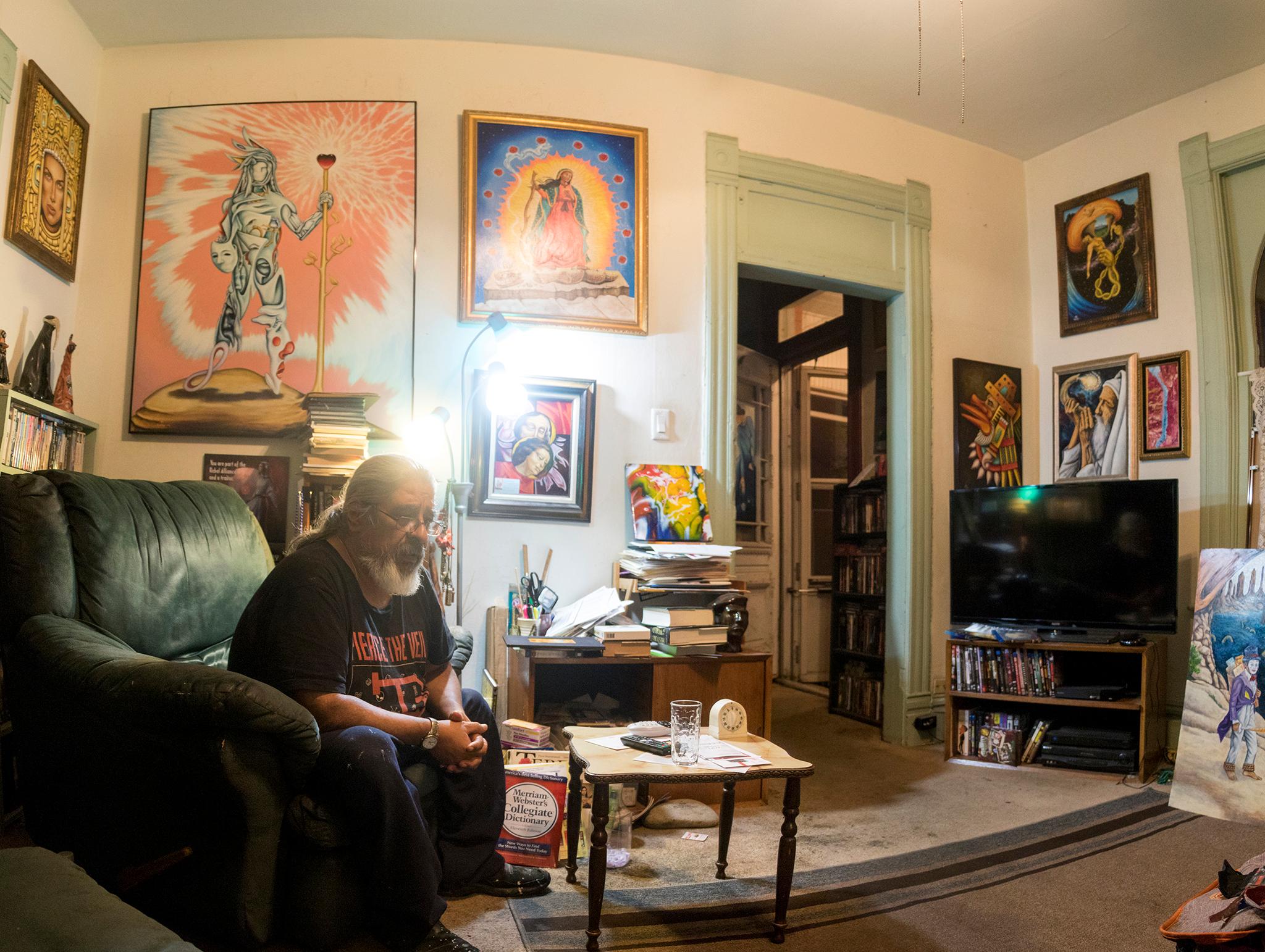
Stevon Lucero was a prolific Denver artist.
He'd painted in Denver for more than 40 years, developing a style he called "Metarealism." His work featured dreamscapes, religious iconography and neo-pre-Columbian Aztec imagery. It explored metaphysical, philosophical, and historical concepts.
"It's really about bringing the spiritual dimension, bringing the unseen into his art," explained Adrian Molina, a local poet and artist also known as Molina Speaks. "He brings the ancient into the present. And at the same time he takes you into the future. So he's reaching for something that is really like indigenous and timeless, but it also propels you to higher consciousness."
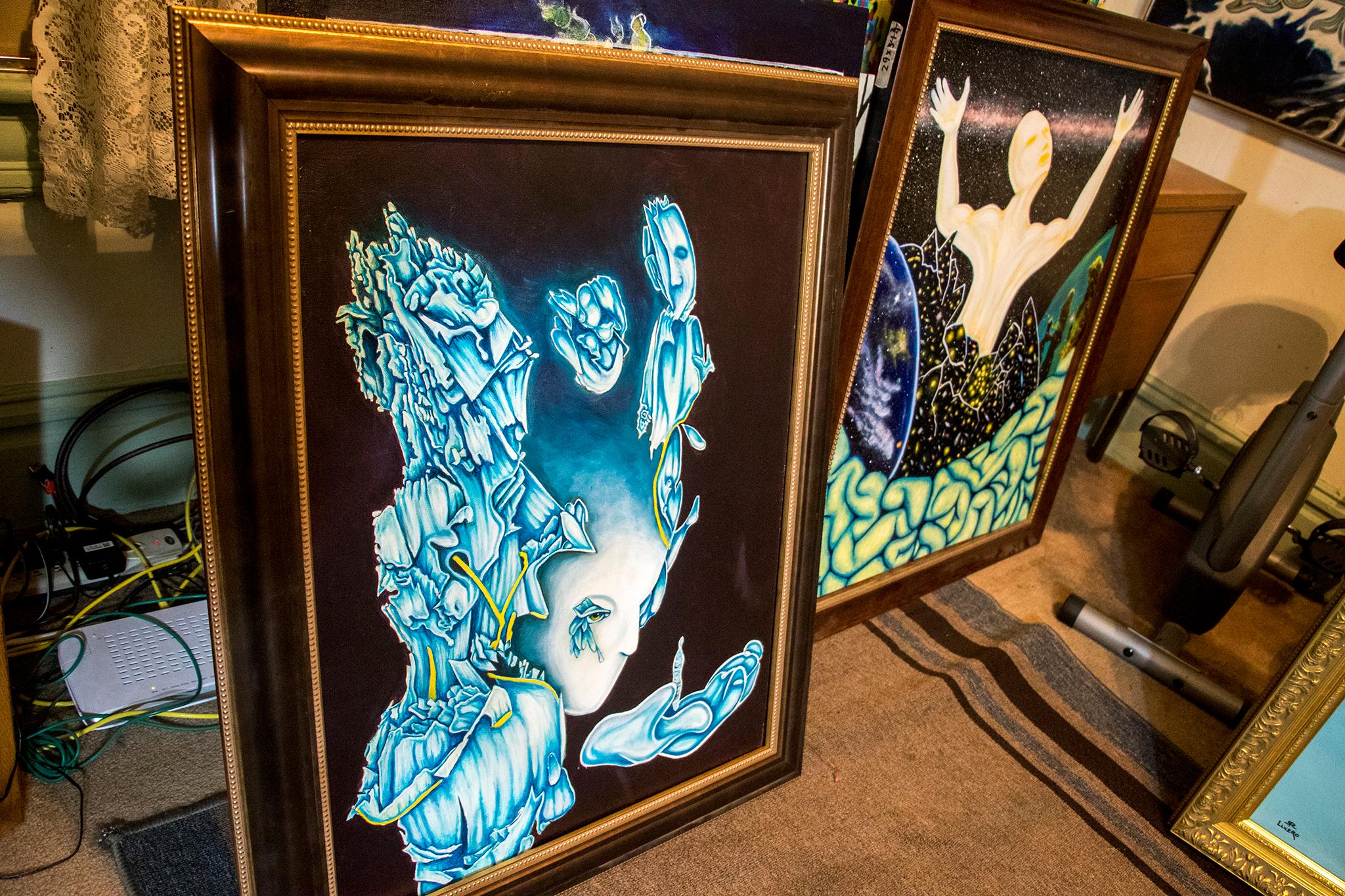
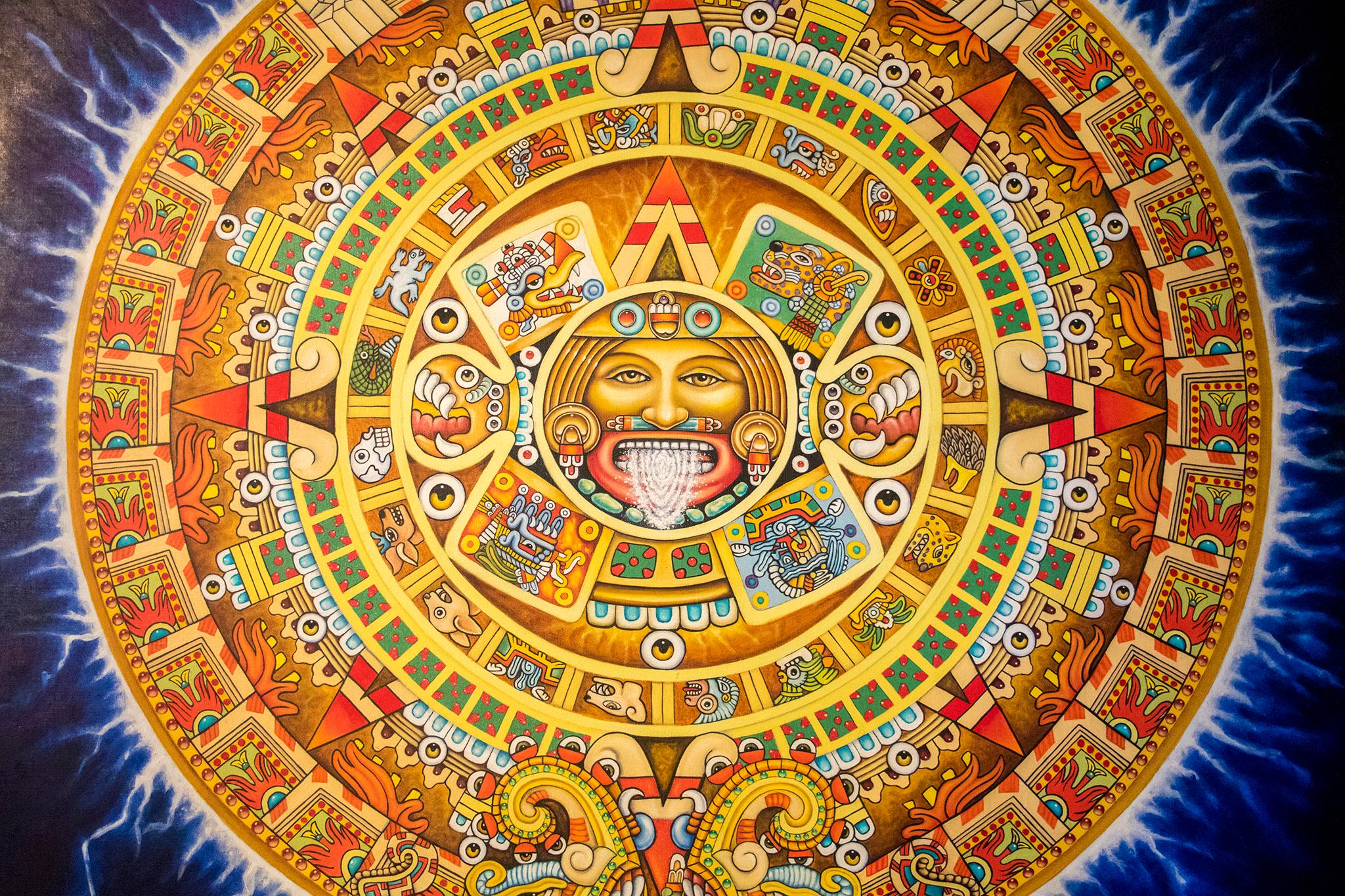
"Stevon's mission was to put god back in the art," Molina said, explaining that that wasn't about a particular religion. "He was speaking about the spirit, about the spiritual purpose within each of us. That was his mission. He wants us all to know that there's power within through the creative process."
Lucero helped to cofound the Chicano Humanities and Arts Council, in 1978. The Latino and Chicano artist collective was a place for local artists to show their work, attend workshops and learn from one another. For decades, it was a fixture on Santa Fe Drive, helping to shape the street's identity as an art district and Denver's identity as a cultural hub.
After more than 40 years, CHAC is still around, though its future is uncertain. Last year during the pandemic, the collective moved out of its Santa Fe location. It's looking for a new home.
O'Brien said Lucero would talk about forming the collective to help provide artistic opportunities that, at the time, weren't there.
"He'd come to my office, and he'd say, I just can't believe we're still here," O'Brien said. "I think that was probably a real sense of pride for him to think that, I don't know how many years ago, starting with a group of other artists, that was still there and doing well and moving forward."
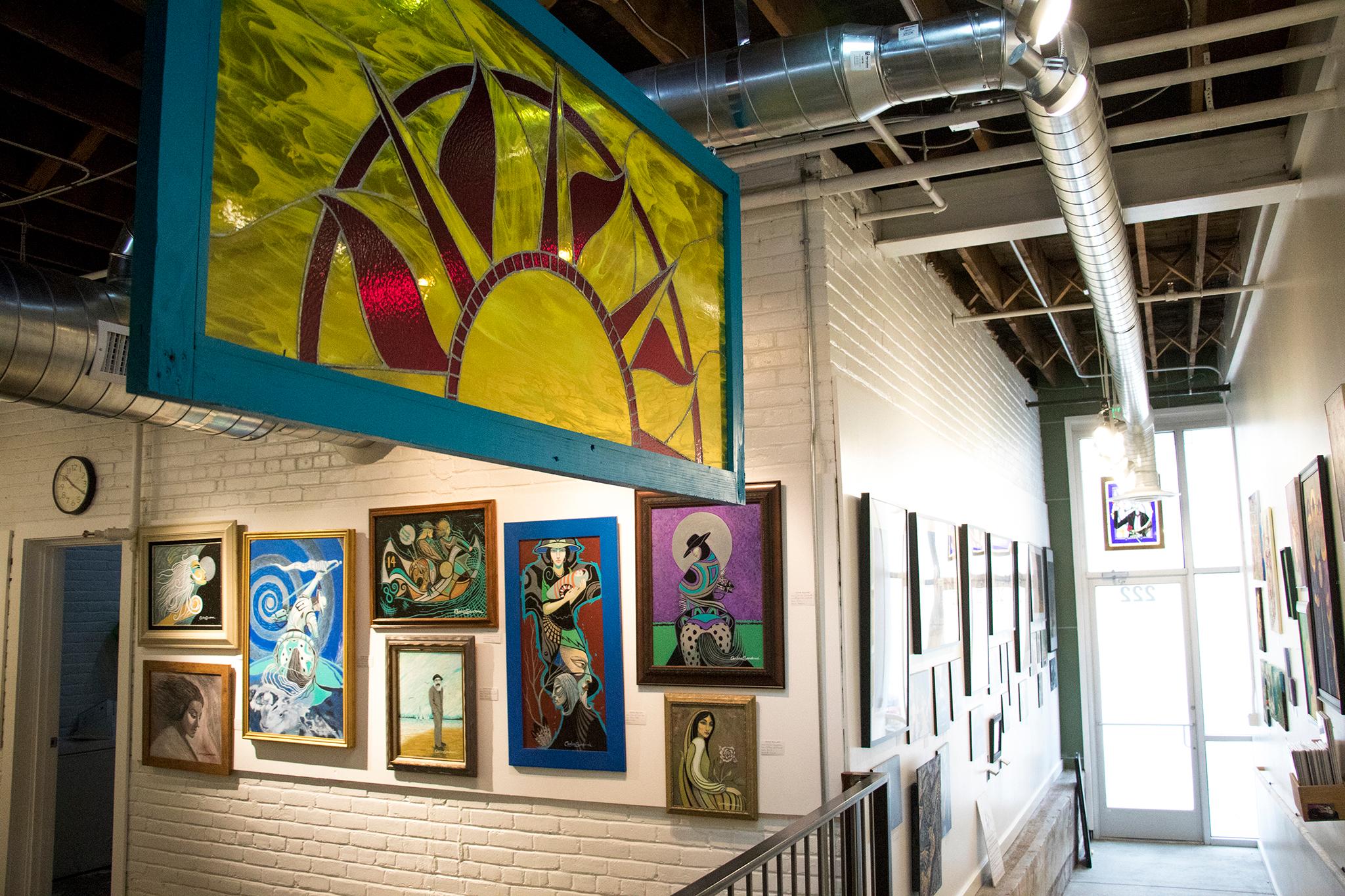
For Molina, a big part of attending CHAC events was getting the chance to talk to Lucero, an artist he'd admired for years.
"I would go to see Stevon in particular. I would go to just sit and chat with him and visit him. He was always really happy to talk about his work. He didn't care if you were going to buy it," Molina said. "He was there to be with community. He was there to talk about his art. He's there to talk about deep concepts, of culture, of spirit, of time and space."
The two artists connected over dreams -- their importance in both the waking and sleeping world, the roles they play in our lives. Molina had been documenting his dreams in the last couple of years. Lucero had been doing so longer, having experienced lucid dreams and visions his entire life, which regularly factored into his artwork. Their first collaboration was an Untitled event at the DAM in 2019 themed "Harvest of the Dreamer." Lucero displayed artwork and came to talk about metarealism. Most recently, they collaborated on a room at Meow Wolf, one of Lucero's final projects: Indigenous Futurist Dreamscapes Lounge.

People who knew Lucero will talk about his kindness as much as they will his artistic talent.
"It's not just about hanging that art on the wall," Molina said. "This man lived his art. He was his art."
O'Bren said he was approachable. He was always willing to give tips to artists when they came in, in the gentlest and most helpful way. He was "jolly," someone people were drawn to instinctively. People used to say he had an "otherworldly" quality. He had a special sort of smile.
"When somebody would come up, his face almost just lit up with the accepting of who this person was," O'Brien said.
He was well known in the local creative community as an artistic mentor.
"I think that anybody who came in contact with him was left inspired, just by looking at his work," O'Brien said. "I think his way of being, his attitude towards life, how he reacted to others, how he carried himself, that in itself was being a mentor, because people looked up to him for that."
Molina said it's important to have leaders like Stevon in the local arts community,
"There's not enough transference of knowledge. Sometimes the older generations get upset that younger folks, we ain't carrying the traditions forward. Like, they think we ain't doing it right, he said. "But sometimes there's no one there to take the time, and pass that knowledge down."
Lucero's art is all over the city and in people's homes. It's been displayed in galleries all over Denver and the world. But for a long time, Lucero hadn't had a permanent space for his art.
"Most great artists, they don't really get their shine while they're alive," Molina said. "The greatest artists are most remembered and celebrated when they're gone. And so it will be on some level with Stevon. But he got his opportunity to do exactly what he wanted to do on his terms at Meow Wolf. "
When Molina was given an opportunity to create a Meow Wolf installation, he went right to Lucero.
"His eyes lit up. And it was like, instantly, we knew we had something," Molina said.
Their room was to be a large-scale multimedia landscape based on a dream Lucero had in 1975, a dream he'd been waiting for the right opportunity to recreate. Meow Wolf, and the space provided, was big enough for that dream.
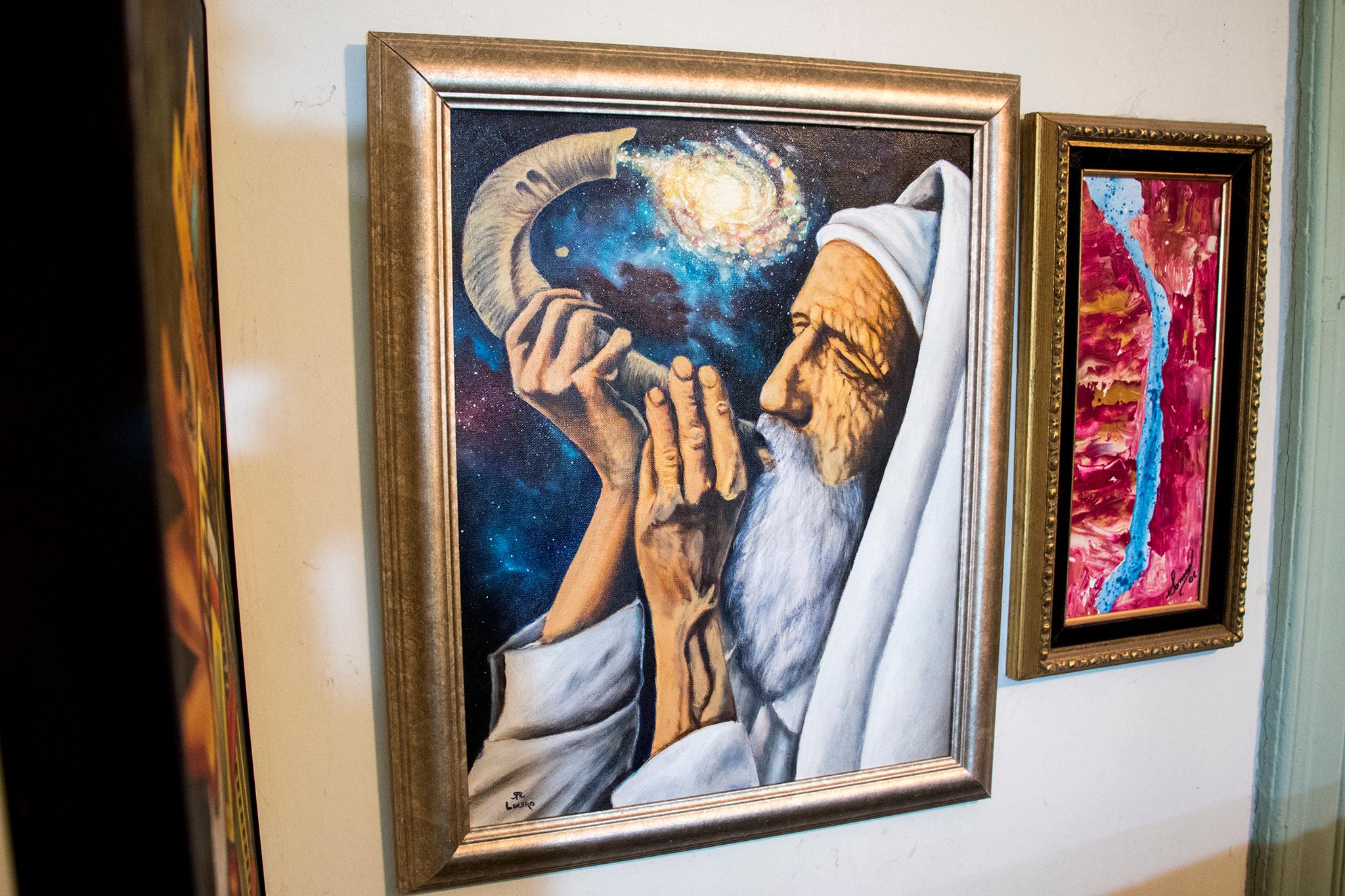
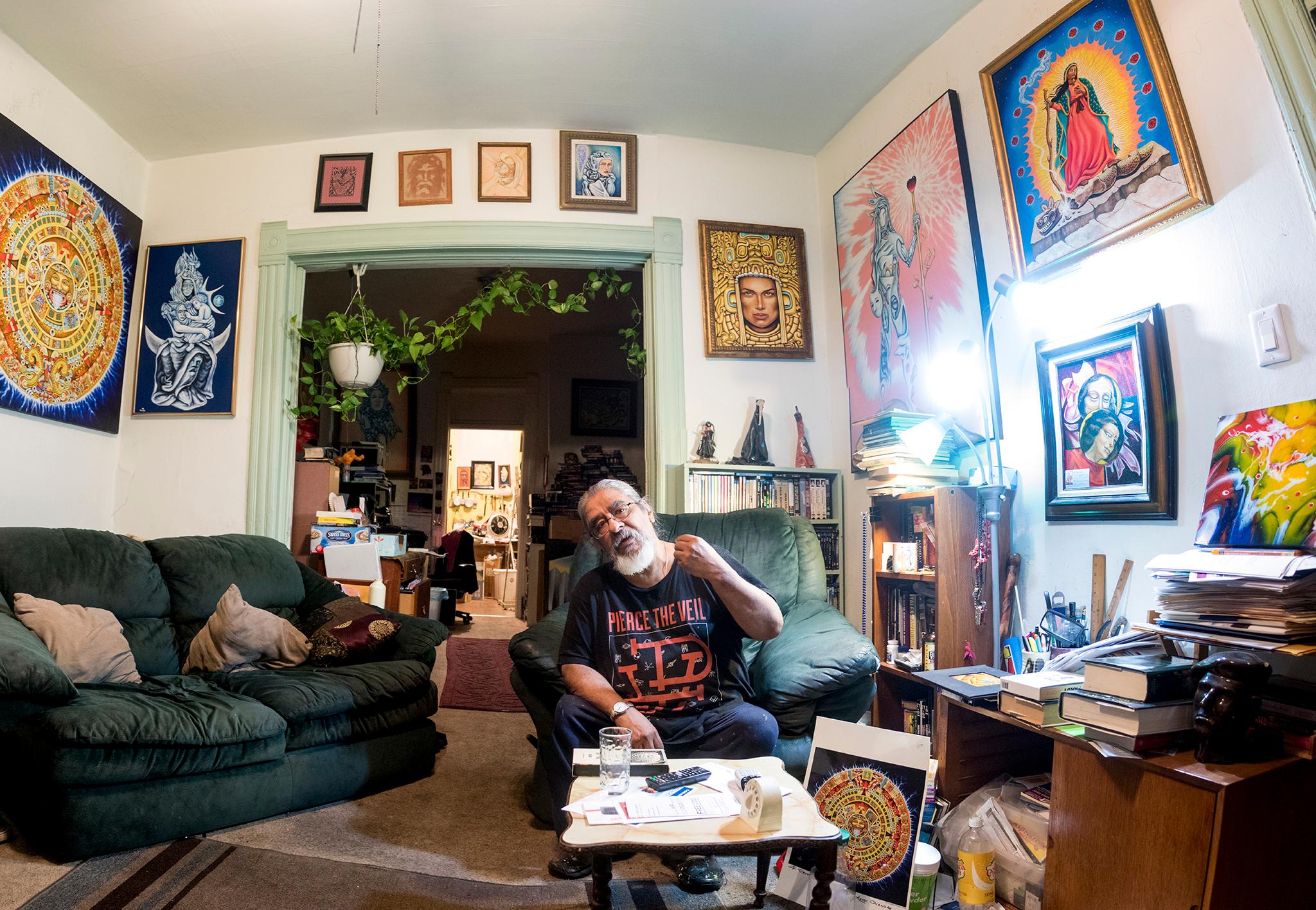
While they were working on the installation, Lucero struggled with his health.
"It was very clear to me, this was the final rodeo," Molina said of their Meow Wolf installation. This was like the Grand Parade. This was for Stevon. So every element of the room, it's the most serious, I've taken any creative project in my life."
Molina brought in about 20 creatives, aged 20-71 and across all different backgrounds, to help with the room.
"Everything had to be top tier, and luckily, I had this cast of creative geniuses to help me bring it to life," he said. "Everybody, knowing that it was for Stevon... everybody was in."

Kennedy Cottrell.
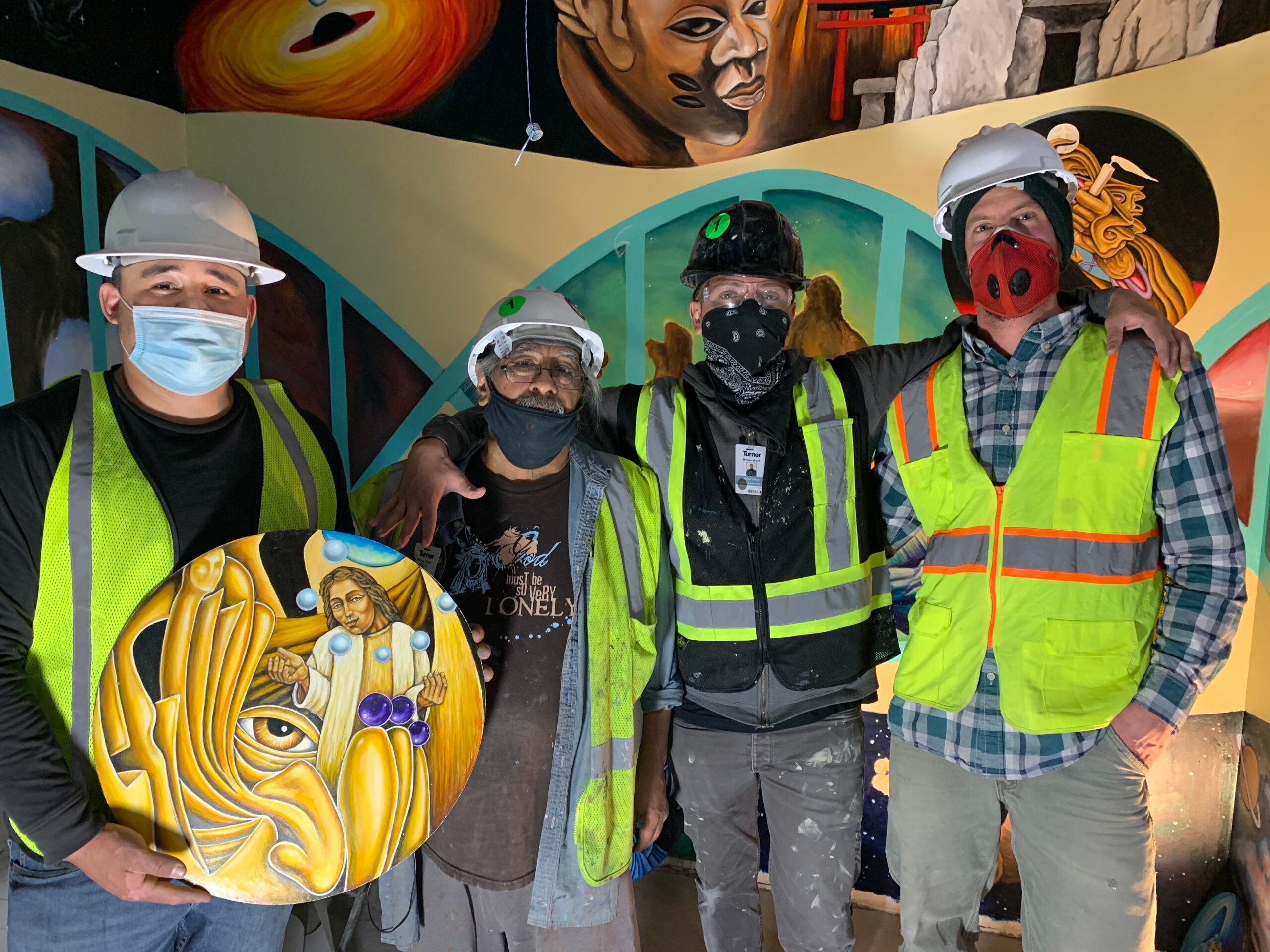
Courtesy of
Shortly after Lucero passed, his wife and fellow artist Arlette called Molina to let him know.
"It took a while for it to sink in," Molina said. "I went to Meow Wolf on Monday night, and just had some time alone. Going through all the phases of the work, care and just remembering, reminiscing on all the times."
Molina wrote a poem for Lucero. He said it came to him naturally.
Ode to the Master Artist
A tribute to Stevon Lucero
by Molina Speaks
When the final tear arrives and dries on the third day,
when all that was not complete is reconciled,
after all the ceremonies close, a blue giant
will remain standing in the grand spectacles of space,
etched lovingly into the memories of social chaos.
There is a drum beating at the base of every human heart,
the grit of sand and mud and dirt, molding crimson clay
into visions that haunt the wakeful spirit.
Let it be known that he beat death multiple times,
a gentle trickster taking the reigns of his final rodeo,
resurrecting to complete his Masterpiece,
to remind himself and his friends of the insatiable gift,
to bask in the last bursts of tangerine and turquoise;
king Chicano in plain clothes painting his dreamscapes,
casually sailing east into the prussian blue sky,
making his final jokes, enjoying the resplendent parade,
waving farewell to old doubts, philosophizing wildly
about the Heyoka and the Mexica, telling his faraway tales
of old souls who lit up his many days and nights.
He was quick to remind you of the Long Count.
Let it be known that he did his thing on his own terms.
Let it be known that his mission was to put god back into art,
to be the grand fool, to bring joyful comedy to the tragedies,
laying his beloved soul bare for the world to see:
Metarealist mirrors of jade and obsidian futures
that root humanity back into earth, water and sky.
Let it be known that he completed his quest.
Master Artist, master teacher, treasured friend,
master of the dimensions, we are with you always
until the end of the age and beyond.
